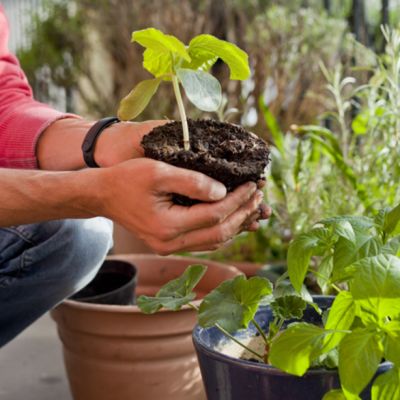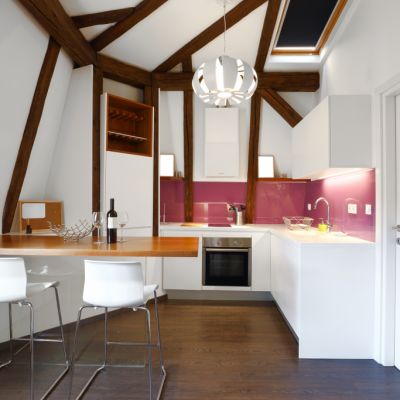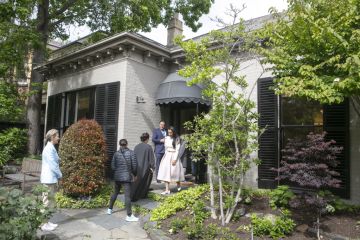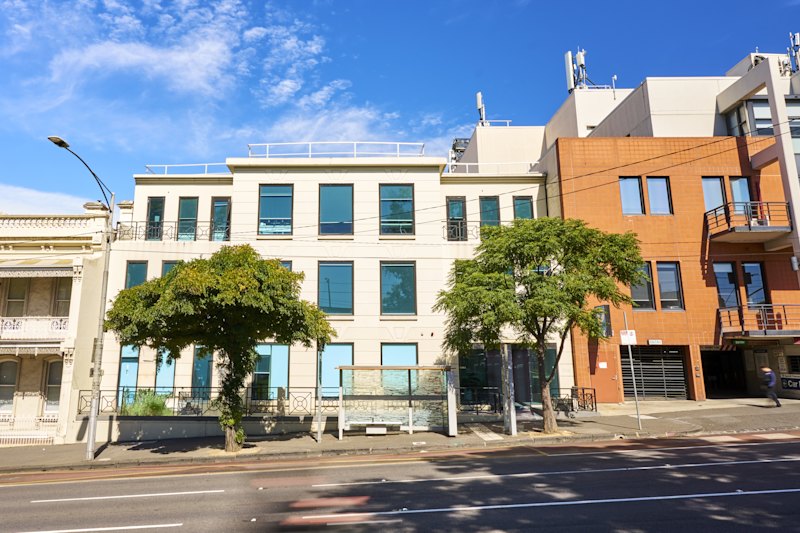A guide to making the most of a small outdoor entertaining space
There’s never been a better time to enjoy the leafy outdoors. But, not all of us can open our doors to an expansive view of nature. For many Australians, a private al fresco area translates to a small garden, courtyard or simply a balcony.
Regardless of size, however, the key is to maximise the usability of outdoor entertaining space, transforming it into a gorgeous, even if petite, oasis.
Design expert and King Living brand ambassador Neale Whitaker believes Australia leads the world in indoor-outdoor living.
“And, why we wouldn’t we?” he says. “We have an enviable climate that allows us to live outdoors for several months of the year. In recent years, there’s been a trend towards sophisticated outdoor rooms that have banished the traditional backyard.
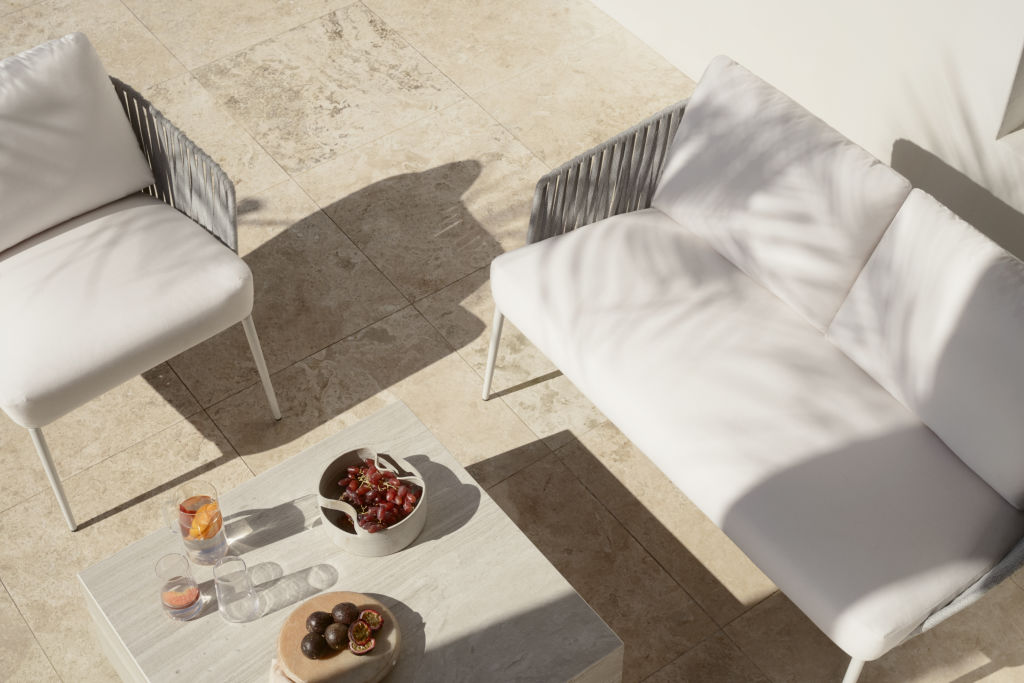
“We’re realising we can increase the footprint of our living spaces – and in some cases, the real estate value – by maximising the functionality of our yards, patios, verandahs and gardens. Once upon a time, it was simply about the barbie and, if we were lucky, the pool. Now, it’s about creating an outdoor living space that blends with the indoors.”
Begin, advises Whitaker, by viewing the home’s outdoor space as an extension of the house.
“Even a small outdoor space has great potential,” he says. “Think of the same ‘building blocks’ you would apply to an indoor room. Start with a great sofa, a couple of comfortable chairs and, if space permits, an outdoor dining setting. Once upon a time, choices in outdoor furniture were limited, but that’s no longer the case.”
As Whitaker sagely says: “Also think about how you’re planning to use the space. Is outdoor dining essential, or is it primarily a space to relax and unwind? Take your design cues from what you really need.”
With that in mind, it’s critical to take conditions into account when furnishing and beautifying an open-air room.
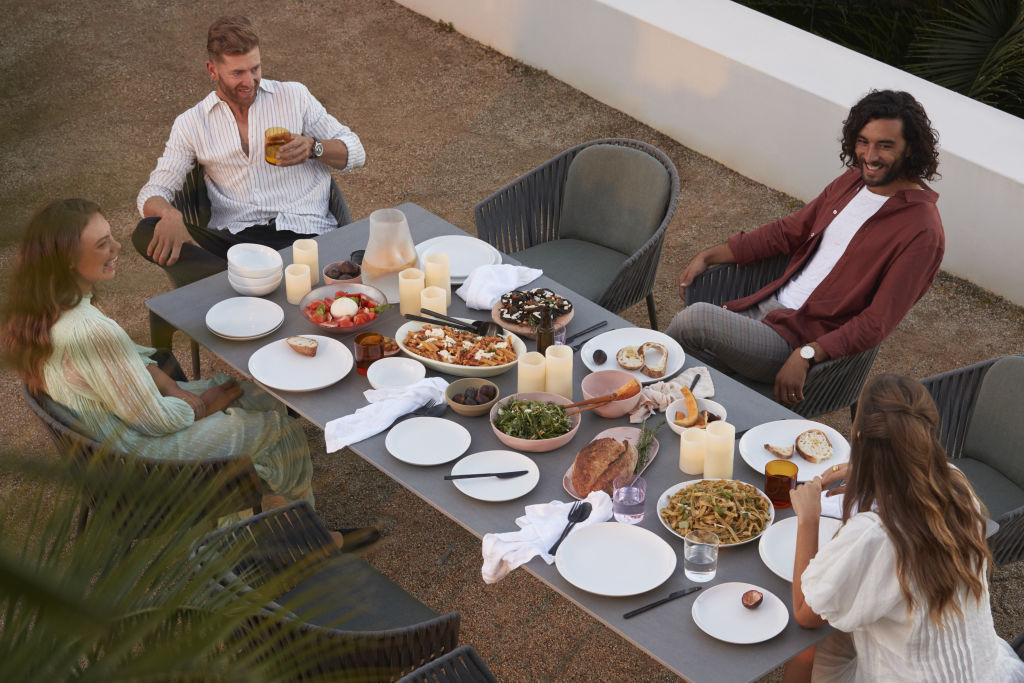
“While the Australian climate is enviable in many ways, it’s also one of the harshest, which means outdoor furniture is definitely put through its paces,” says Whitaker. “Check the quality and construction of your outdoor furniture and also what warranties apply.”
When it comes to making an outdoor domain feel larger, renovation guru Barry Du Bois – a presenter on Channel Ten’s The Living Room – imparts a key piece of advice.
“A lot of people say ‘don’t paint a space dark as it will seem smaller’, but that’s a bit of a myth, particularly in outdoor areas,” Du Bois says. “If you frame the view or the plants – the focal point of the area – with a darker shade, it will really make that thing pop. In a courtyard, a darker paint colour will blur the corners and dimensions. The colour takes away the sharp edges, tricking the eye and making the space feel less enclosed and more a part of nature.”
Sizing up a small space
Charlie Albone, landscape designer and presenter on Channel Seven’s Better Homes and Gardens, shares his tips for maximising a smaller outdoor space.
1. Less can be more
“It’s important not to try and fit too much in,” Albone says. “Do one thing, and do it really well. You might decide to keep your patio for outdoor dining, with a table and chairs, or instead just use it for lounging, or perhaps for growing vegetables.”
2. It’s easy being green
“Don’t be scared of planting,” Albone says. “People think ‘if I have a small courtyard and pave the whole thing, it will feel much bigger and be more useable’. But remember that a garden has to have plants to be a garden. Plants also add texture and draw the eye to the greenery, enhancing the sense of size.”
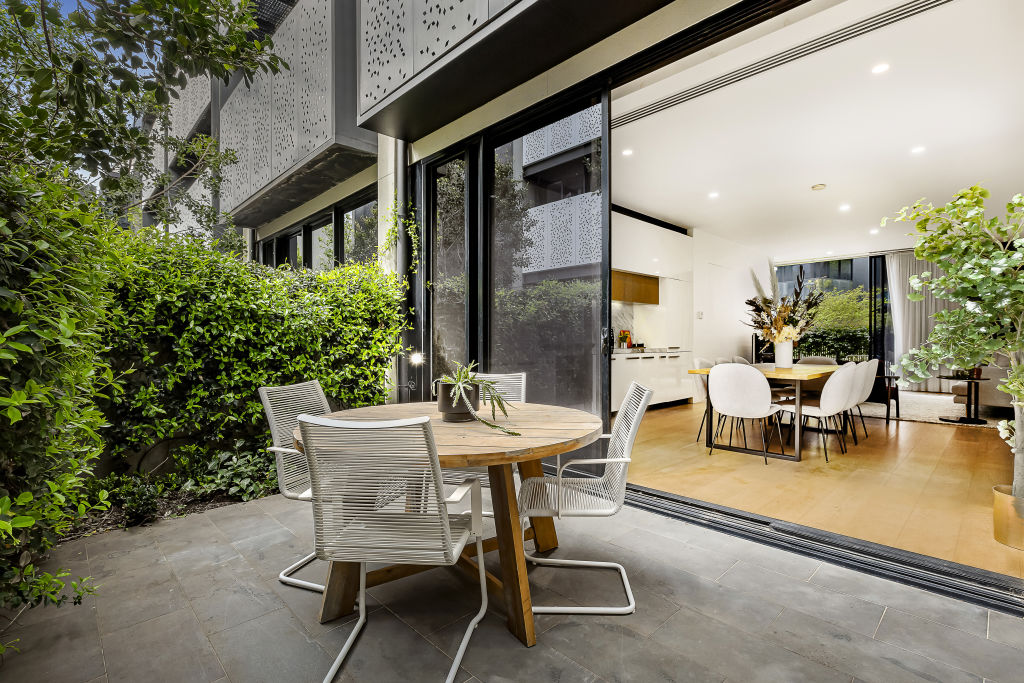
3. A change is as good as a holiday
“You can now get coffee tables that double up as fire-pits, as well as other multi-purpose furniture pieces,” says Charlie. “I have plenty of fold-up chairs that I sit pots on and that turn back into seats when people come around. They’re all an excellent use of space.”
We recommend
We thought you might like
States
Capital Cities
Capital Cities - Rentals
Popular Areas
Allhomes
More
